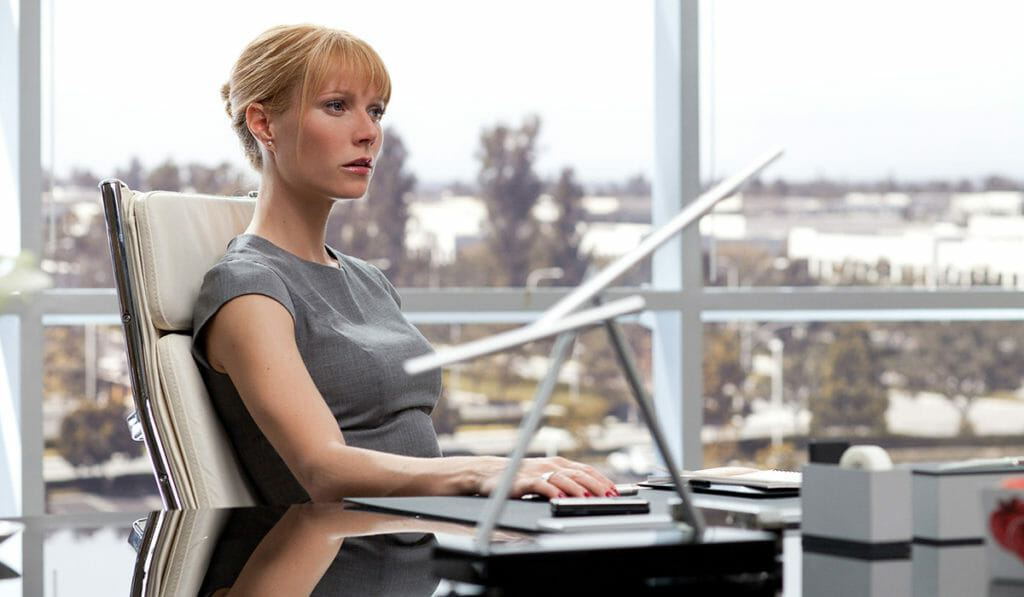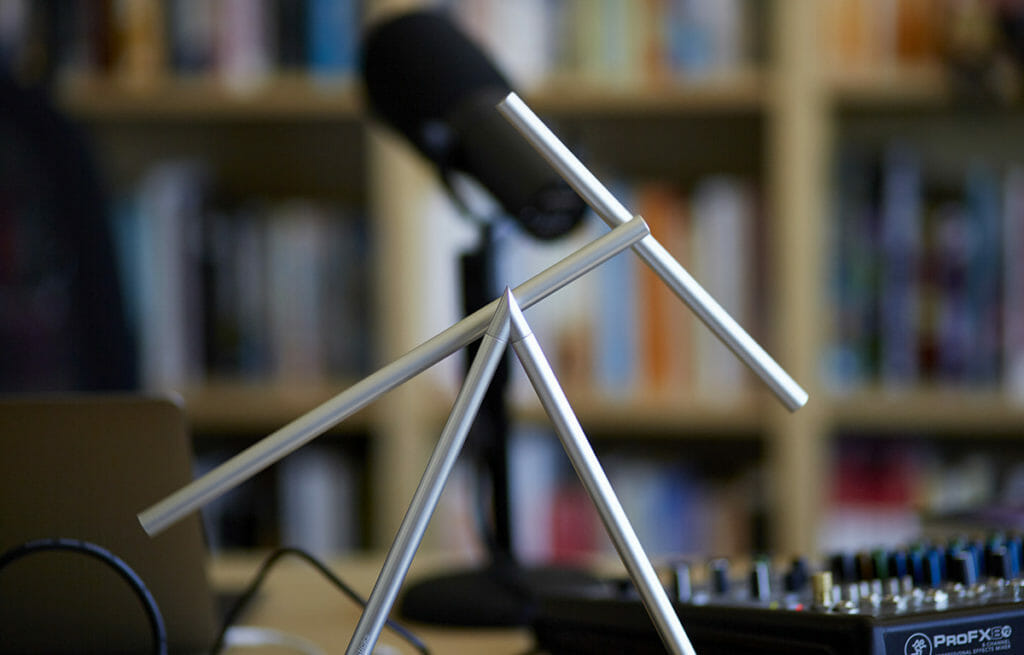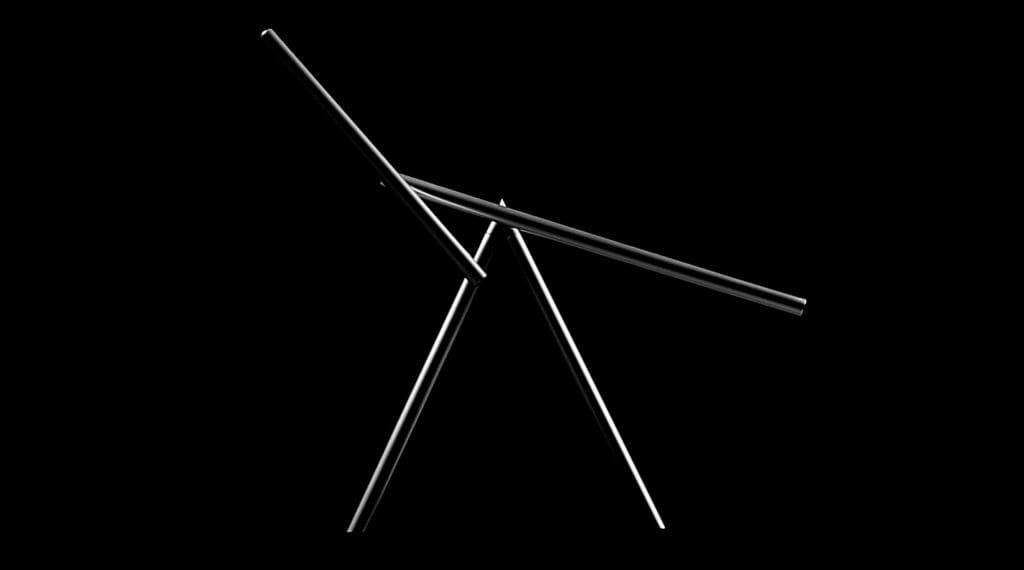What have pendulums, the future, and Iron Man, got in common? More than you might at first think!
Several years ago now, I had the pleasure of being the inaugural Charles and Rita Gelman Professor of Risk Science at the University of Michigan. As is often the case with such positions, I was asked to give a public lecture to mark my inauguration.
I gave that lecture back in the fall of 2010. And throughout it it, I had a rather curious device sitting on the desk in front of me.
The device was a double pendulum that was identical to the one that featured in the 2010 movie Iron Man 2, and that ended up being a considerable source of frustration to Robert Downey Jr.’s character.

I must confess to being captivated by the pendulum while watching the movie, and I was determined to find an excuse to use it in my work somehow. As it turned out, that lecture on the role of risk science in building a sustainable future ended up being the perfect opportunity!
The driving question at the core of the lecture was how we enable evidence-informed, socially-responsive and proactive risk- decisions in a highly complex, interconnected and interdependent world? There was lots of stuff in it about us living in a complex interconnected world, where past experience isn’t enough to predict future outcomes. But the cherry on the cake–at least in my mind as I planned the lecture out–was the tie-in around complex systems and unpredictability that the oscillating device on the desk in front of me so eloquently demonstrated.
With hindsight, I’m not sure that that the connection worked that well in the lecture–it was, admittedly, a little forced. But despite this, I did fall a little in love with the Swinging Stick double pendulum I used.
This particular double pendulum is an exquisite piece of precision engineering (it also has an exquisite price tag). The two perfectly engineered arms are propelled by an electromagnet and some fancy circuitry in the base, giving the illusion of perpetual motion. But what particularly fascinated me about the device–and the reason it found its way into the talk–is that the motion the two arms describe is so dependent on the pendulum’s starting conditions–where it’s positioned, air movements, temperature and so on–that it is is, to all intents of purpose, unpredictable.
Because of this, the pendulum is a great example of a seemingly simple system that nevertheless exhibits complex behavior.
For years after the lecture, the pendulum had pride of place in the University of Michigan Risk Science Center which I directed. Sadly, when I left to join Arizona State University, I had to leave it behind. But last year my wife was kind enough to buy me a replacement for my birthday.
As a result, I now have a new complex, chaotic and finely balanced double pendulum gracing my “office” (aka the spare room at home).

Fittingly, this double pendulum is more relevant than ever to my work around building better futures in a complex and uncertain world–and, of course, to my position as Associate Dean in a college that houses ASU’s School of Complex Adaptive systems!
As I sit and watch the pendulum and it’s complex, chaotic motion (especially through some of the more long-winded Zoom meetings that have become so integral to my life), it reflects the complexity of the future we’re building and of the shifting pathways between where we are now and were we’re trying to get to. It’s also a humbling reminder of how, even under seemingly simple circumstances, it can be hard to predict what will happen in the future–and why as a result agility and resiliency are critical to effective future-building.
Sadly, with COVID and working from home, my current Swinging Sticks double pendulum only has an audience of one at present. But for some time now I’ve had this hankering to create a video of the pendulum and share the joy around a bit. And the other day I finally got round to doing this.
So here, from my desk in my improvised home office/studio, is my Iron Man-inspired swinging stick metaphor for the complex relationships we have with the future. Hope you enjoy it!
Andrew Maynard
Director, ASU Future of Being Human initiative
Substack: The Future of Being Human
